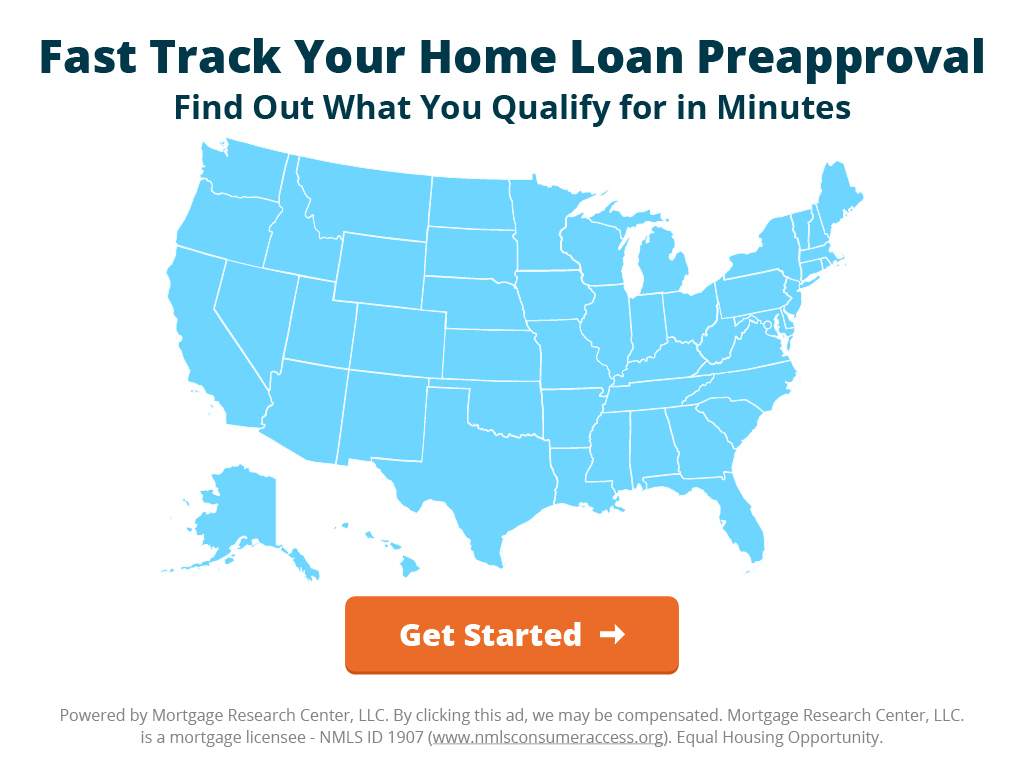4 Things Buyers Need to Know About Rate Locks in a Volatile Environment

Even a small rate change of a few basis points can have massive impact on the long-term costs of your mortgage.
The average U.S. rate for a 30-year fixed mortgage is more than two percentage points higher than it was at the end of 2021, as measured by Freddie Mac. And, that's after rates retreated from a 14-year high of 5.81% in late June to last week's 5.3% amid the most volatile rate envirment in more than a decade, asccording to the Freddie Mac data.
So, what are would-be homebuyers to do? Now more than ever, it's important to understand your options when it comes to locking in a rate on your mortgage.
Without a lender looking out for your best intersts, it's possible for buyers to be shocked when they come to the closing table and find out not only are their rates not locked in, but they've increased dramatically, Jennifer Beeston, senior vice president with Guaranteed Rate.
It's a surprise that no one wants, and it could have been avoided if the buyers were clear with their lender about whether they were locked or not, she said.
"The biggest consumer tip is make sure you're having a conversation with your lender about when you should lock, what their ability is to lock, at what time during the process they'll lock, and ask them what's going on with the market," said Beeston. "And if they can't answer those questions, why are you working with them?"
More: Looking to buy soon? Set yourself up for having your offer accepted on a home by getting preapproved for a mortgage prior to your home search.
Lock Your Rate as Early as You Can
Typically, it's up to you to decide when you lock your rate, with your lender's advice. Some lenders will allow borrowers to re-lock rates a set amount of times, sometimes with a cost.
These days, Robert Jayne with Nationwide Mortgage Bankers spends more of his time trying to convince skeptical buyers about the importance of locking their rate as soon as possible rather than waiting to see if rates head south.
"You have to show them graphs, where rates were and where they are now," he said. "It's just a lot more hand-holding now and a lot more education that comes along with it. You don't want to sit here playing Russian roulette with this market right now – it's just not the right thing to do."
That presents a big challenge for many homebuyers. Generally, you can't lock your rate until you go home shopping, find a house you like, put in an offer, have that offer accepted, and then finalize your loan application.
To get around this, Beeston offers what's called a "lock-and-shop" or "lock-and-roll" approach, where you can lock in your rate even before you've settled on a home. It's a unique approach that's especially well-suited to a rising-rate environment.
"If we were in a market where rates were declining, we wouldn't be doing lock-and-rolls," Beeston said. "You only do a lock-and-shop in a rate-increasing environment. If you research lenders, they really only started doing it this year."
And if rates do go down in the meantime? Beeston recommends asking your lender if they'd be able to renegotiate, or re-lock, your rate.
"A couple of weeks ago we had a Friday where rates just cracked down for a little bit," she said. "I renegotiated 70% of my pipeline. I renegotiated every single person I could."

Be Cautious With New Construction
Buying a brand-new home can be exciting, but right now it can be a bit of a hairier proposition than buying a move-in-ready house. That's because there's usually more of a delay between when a developer accepts your offer on a new home, and when the loan actually closes.
This delay can last for several months during normal times as you wait for construction to finish, and it's often pushed out even further now due to supply-chain issues caused by the Covid-19 pandemic. Since most rate locks only last for 30 to 60 days, this means your rate could jump dramatically when the lock expires.
"The problem is, yeah, you might qualify today," said Nationwide's Jayne. "But four to six months from now, you might not qualify."
That's because interest rates partially determine how much home you can afford. The higher the interest rate, the less home you can buy with the same amount of money.
When interest rates were at 4% you might have been able to afford a $500,000 house, for example. But, four months later when rates are above 5% – now you may only qualify to buy a $450,000 house. That's a big problem if you've agreed to purchase a home worth $490,000.
Always Include a Mortgage Contingency Clause
If you are unfortunate enough to be pushed out of buying a home after the sellers accepted your offer because of rising interest rates, things could still get much worse. Depending on how you structured your offer, you could still lose thousands of dollars.
Typically you'll put down an earnest money deposit as a part of your offer. If you back out of the deal for any reason other than the ones specified in your offer, you'll lose that deposit.
That includes if you're no longer able to buy the home because rates have risen to the point where you can't get approved for a mortgage anymore – unless you have a mortgage contingency in your contract. This gives you a get-out-of-jail free card so that if you're unable to secure a loan, you can back out and still keep your deposit, Jayne said.
"Make sure you have a mortgage contingency in the contract," he said.
More: Thinking about buying a home but want to secure a good rate? Use this tool to find a lender that gives you the power to lock an interest rate for an extended period so you can shop around for a home comfortably knowing that your rate is secure and won't go up.
More from Mortgage Research News:
So Long Seller’s Market? 3 Signs Things Look Brighter For Homebuyers
Want to Buy a Home in This Market? Do These 4 Things Now
Home Equity Levels Are at All-Time Highs - Here’s How to Tap Into Yours
Lindsay VanSomeren lives in a town northwest from Seattle. When she's not writing, she enjoys reading, learning languages, and going on outdoor adventures. She enjoys helping others turn their dreams into a reality through positive financial management. Her work has also appeared on The Balance, Forbes, Business Insider, FICO, and more.




